Terracotta warriors, Bactrian two-humped camels, Heavenly Horses, Buddhist caves, sand dunes, the world’s first printed book, a silk factory and temples galore including one that was the great mosque in Xi’an, were but some of the ingredients in a breathless first hour in a trilogy of programmes about the world’s oldest trading routes. They were opened up by the explorer and trader Zhang Qian of the Western Han dynasty, about 2,300 years ago.
The Han were experts in mobile warfare and were searching for Heavenly Horses, to use instead of their sturdy but small ponies, the better to subdue the warring tribes on their borders. The Silk Road is a 5,000-mile-long tangle of east-west routes, crossing the dread Talakaman desert, from China’s heartland to Europe and back. Its merchants, manufacturers, money lenders, soldiers and pilgrims were not only exchanging commodities and goods – pre-eminently silk from the east, spices and cosmetics – but ideas and inventions, including gunpowder, algebra and astronomical discoveries. The origins of the world’s great religions were all adjacent to the Silk Road, and their peoples and their ideologies travelled along these routes.
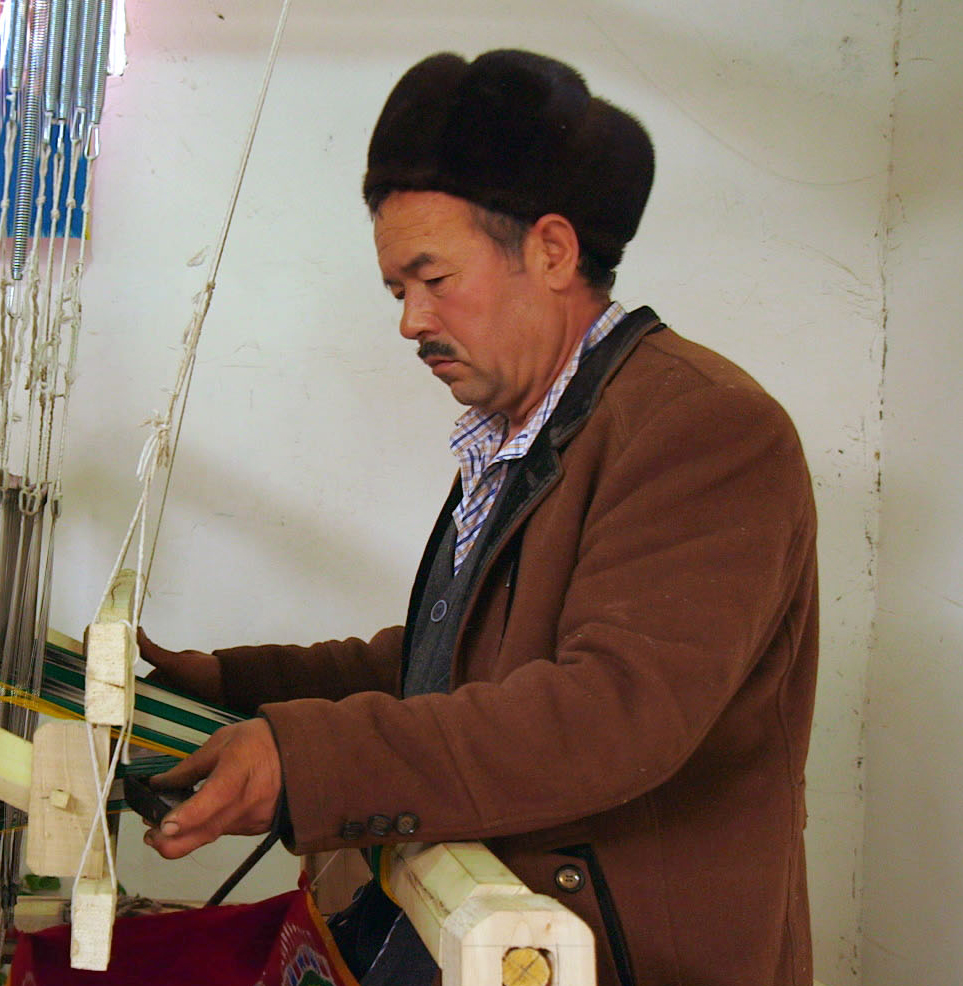 Historian Sam Willis has turned from charting naval history to being our guide along the longest and oldest-documented world trade route on land. It started from Xi’an, home to the terracotta warriors of the Qin dynasty whose rulers first unified China, wound westwards through India, Afghanistan, Persia and East Africa, from Samarkand to Persepolis, to Istanbul, Venice and Europe. Going east, the route stretched from the Mediterranean to the heart of China. The Silk Road was so named in 1877 by Ferdinand van Richthofen, a German scholar (and uncle of The Red Baron, the World War One fighter ace).
Historian Sam Willis has turned from charting naval history to being our guide along the longest and oldest-documented world trade route on land. It started from Xi’an, home to the terracotta warriors of the Qin dynasty whose rulers first unified China, wound westwards through India, Afghanistan, Persia and East Africa, from Samarkand to Persepolis, to Istanbul, Venice and Europe. Going east, the route stretched from the Mediterranean to the heart of China. The Silk Road was so named in 1877 by Ferdinand van Richthofen, a German scholar (and uncle of The Red Baron, the World War One fighter ace).
In Venice, Willis pointed out the Islamic and Eastern ornamentation on several palaces, including the Doge’s Palace and the Palazzo Camello ("the House of the Camel".) The characteristic pack animal of the caravans was the two-humped Bactrian camel, hardy to a fault, although the deserts en route were heaped with animal and human corpses when conditions became too extreme. Wallis told us that in 1844 Charles Dickens had seen Venice almost as an Oriental mirage, fantasising that an opium-induced hallucination might have built San Marco. The explorer Marco Polo got a name-check, along with the merchants of Venice, tradesmen fuelled by the goods brought to the West by the Silk Road. Even rhubarb came from China.
Famous warriors and dictators are entwined with Silk Road history, from Alexander the Great to Genghis Khan, while Islam and the ideas of the Middle East reached far into China. There in Xi’an our guide hovered over the lamb kebabs sizzling on a grill in the market; there has been a Muslim community here since the 8th century. His visit to a silk factory showed us thousands of cocoons being sorted then plunged into boiling water, killing the baby caterpillars within and freeing their cocoons to be spun into silk (above, Mattursun Islam weaves silk on his wooden loom). This was the fabled merchandise of the Silk Road, the great luxury for the West.
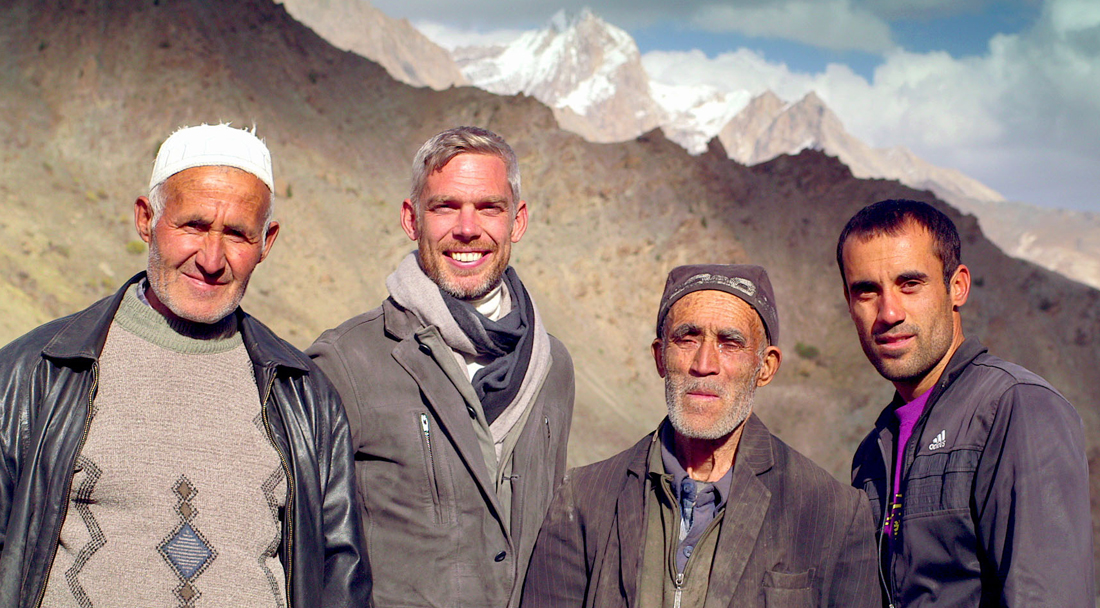 Other goods and ideas included everything from umbrellas to the wheelbarrow, the magnetic compass, and the engineering of suspension bridges and canal locks, and by 751 AD, paper. According to our guide, were it not for the Silk Road, we would still be counting on our fingers, thinking the world flat, and indeed writing on parchment (above, Willis with the Yaghnob family).
Other goods and ideas included everything from umbrellas to the wheelbarrow, the magnetic compass, and the engineering of suspension bridges and canal locks, and by 751 AD, paper. According to our guide, were it not for the Silk Road, we would still be counting on our fingers, thinking the world flat, and indeed writing on parchment (above, Willis with the Yaghnob family).
Our guide waxed indignant at the wholesale purchase for something like £150 of priceless ancient documents from a naïve Buddhist abbot by the early 20th century archaeologist Sir Aurel Stein. Aurel Stein loaded up 50,000 documents in four languages, including Sanskrit and Chinese, into 29 cases to take West, perhaps the last greatest transaction of the Silk Road. They included the world’s first printed book, the 9th century Diamond Sutra. They are now housed in London’s V & A, British Museum and Library, and the National Museum in New Delhi, enabling international study.
In the past several decades books and exhibitions about the Silk Road have increased exponentially, and the phrase is an alluring tag for tourism. This brilliantly populist programme should captivate a new audience. Its subliminal text challenges our Western-centric views of world history, which as we now know are so damaging to our understanding not only of the events of the past, but of the present.

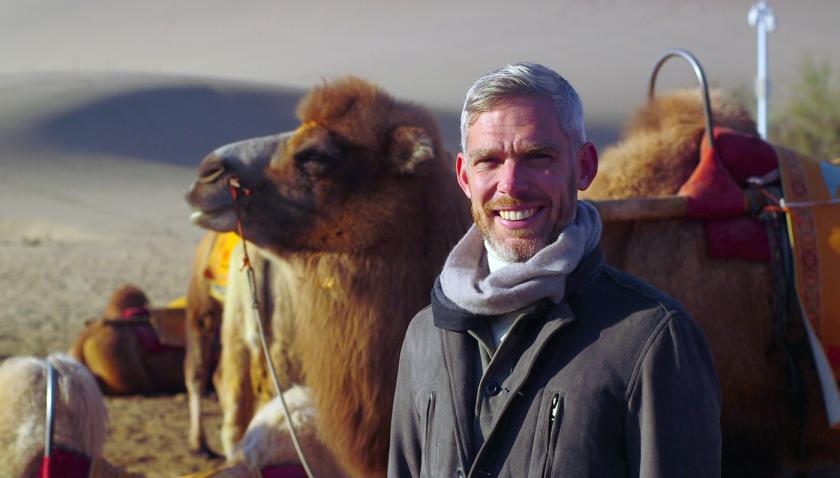








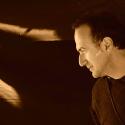
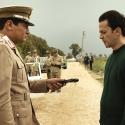
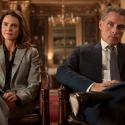

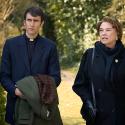
Add comment